Radiata pine in pine wood classification
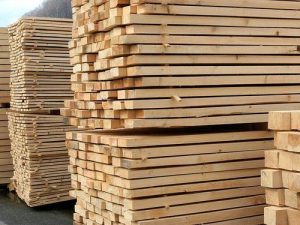
Pine wood is known to be pliable and durable and is therefore preferred to most other woods. There are about 115 known species of pine each with different characteristics. These species fall into three subgroups namely white pines, yellow pines and foxtail pines.
Radiata pine global demand
The Pine we use for the local manufacturing of furniture, known as “PineTraite” is actually named Radiata Pine which falls under the Western yellow pine together with Jack pine lodge pole pine, Ponderosa pine and Jeffery pine.
Radiata pine is a highly valued type of pine in the world. It is majorly picked due to its traits that make it applicable in various fields. Furthermore, it has been planted widely below the equatorial boundary making it the most dominant pine in the southern hemisphere. It is found in the South temperate region of the world with South Africa, Chile and New Zealand being among its main sources. New Zealand in particular has enormously commercialized the highly demanded material making it one of the world’s key exporters of Radiata Pine. It is where most of the Pine used locally are imported from!
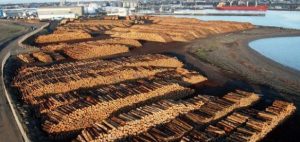
The high increase in demand is the main reason as to why Chile took advanced genetic measures with an aim of producing much knot-free timber. As a result, this also bore more suitable mechanical and physical traits.
At five years, pruning which is the cutting off branches, is initiated with the trees at about 6 meters in height. The pruning reduces the number of knots or emits all the knots. Pruning makes the pine logs more valuable too as they become more useful. In addition to this, the time in pruning is important. Pruning is done in times where exposure to pests and diseases is minimal.
Visual stress grading
This is the traditional method of grading. It entails visual analysis of the timber defects such as knots by checking their position and size on the timber itself.
The knots can lie on the face of the timber, the edge or in between the face and the edge. To know how useful the timber is, one finds the ratio of the knot cross section area to the timber’s whole cross-section. The higher the ratio the lesser the amount of timber present in the wood.
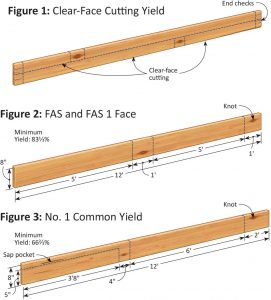
Grades of radiata pine
1 clears
This is the highest quality of Radiata pine. It is knot-free and is good for furniture making and mouldings. The material has no defects.
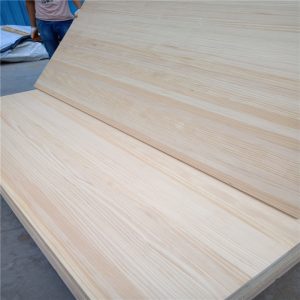
2 clears
It is the second highest quality of radiate pine. Only one face is cleared with the other might contain defects.
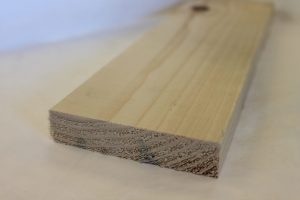
Merch grade
The timber can be graded mechanically by use of a machine to determine its stiffness and strength qualities. Through this, timber can be classified as a structural grade if it meets the suitable requirements. Timber which fails to attain these traits is classified as a merch grade. It is mainly used for fence palings, warehouse shelving and framing.
Dressing grade
This is a tight knot grade suitable for furniture and paneling. The size of the knot shouldn’t surpass 75mm and should be tight.
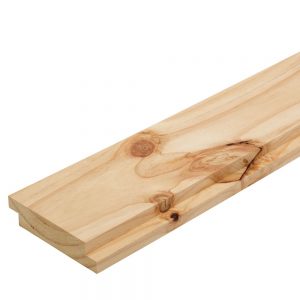
The Drying Process
Kilns are essentially a large oven that has an over-sized chamber, in order to fit in plenty of timber simultaneously. Depending on the size of the operation, a kiln can be the size of an entire warehouse, or substantially smaller.
By kiln drying rather than air drying, more moisture is removed, and in a more even fashion because of the consistent heat applied to all areas of the timber. The additional heat also means that drying times are considerably faster than if timber is left to dry naturally.
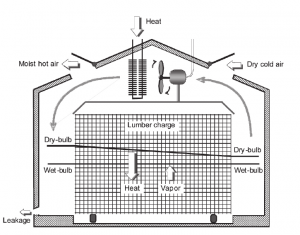
Traits of Radiata Pine
Texture– Radiata pine has a fine texture. Moreover, it has straight grains.
Density– The density of any type of wood affects its stiffness and strength properties. Radiata Pine wood has an average density of about 530kg/m3. This figure is more than most pines some being scot pine, Eliot pine, European whitewood and many others.
Appearance– The radiate pine wood has a consistent pale cream color.
Workability– Radiata pine is an easily workable material but knots can be a hindrance.
Strength– Generally, pines classified under yellow pine are strong. When it comes to radiate pine, it is stronger than most pines in this category with its closest rivals being the Southern yellow pines. Moreover, Radiata pine possesses fewer knots. This trait makes it stronger.
Another concept on strength is that timber is majorly classified in the form of F5 or F8. Radiata pine falls under F5 which basically means it is suitable for application in structural members. F8 timber is commonly used in trusses and framing.
Versatility-Radiata pine is a versatile material applied in numerous industries. Some of its uses are in construction, paneling, moulding, veneer and fiberboards.
Grades– In grading, Radiata pine is classified in terms of presence of defects on it. When the material has no defects, it is graded as #1Clears. When the material has permitted defects present on one face it is graded as #2Clears.
Durability- Radiata pine isn’t self-resistant to infestation from pests like termites. With proper treatment it becomes highly durable.
Staining- This practice is very possible for radiate pine wood and can work well with numerous products chosen for this role.
Kiln dried– This is to minimize the moisture content in the wood. It helps eradicate fungi and pests which were present. Kiln drying also prevents shrinking of the timber which may lead to formation of curvature.
As you would notice, most of our furniture are knots free pine from the outside, which is Clear 1 or Clear 2. The Pine which is imported from New Zealand has been through the Kiln Drying process, which removes humidity from the wood to prevent it from warping in the future –“Empeche Dibois Travaille”. Despite costing more than the cheaper grade of Pines, or Pallets, we have kept our prices very competitive!




